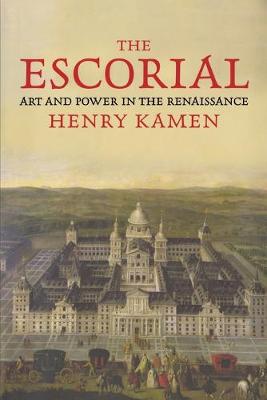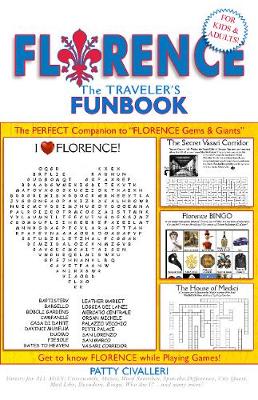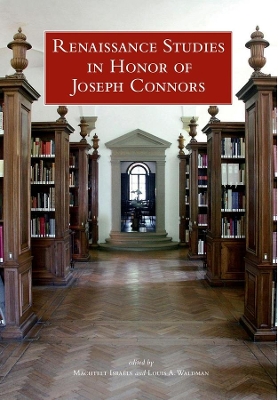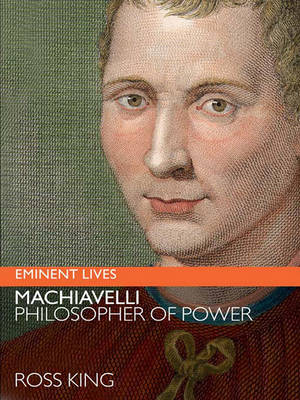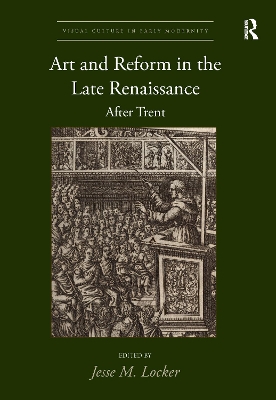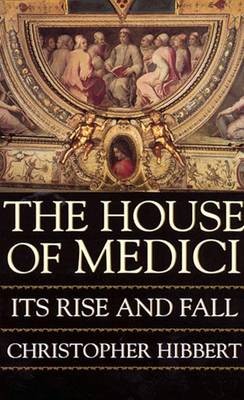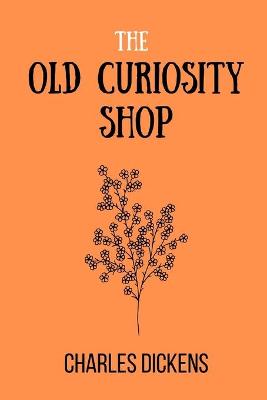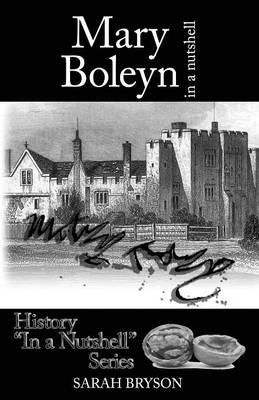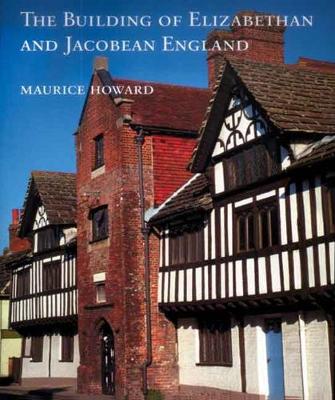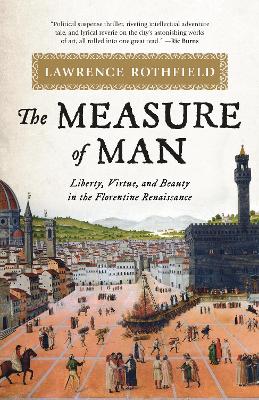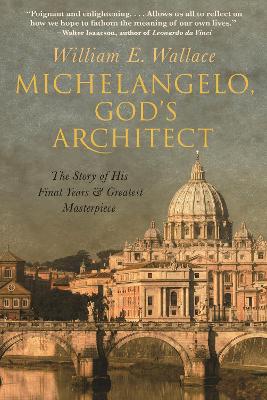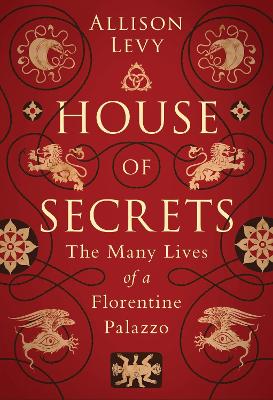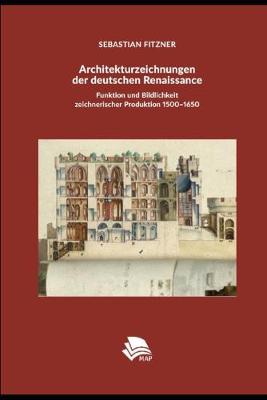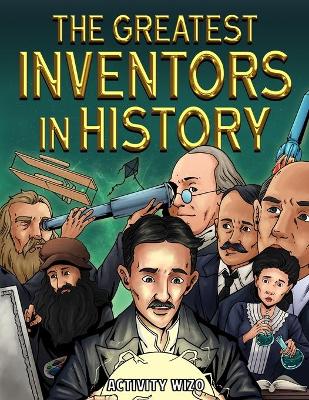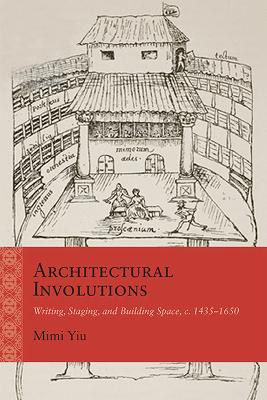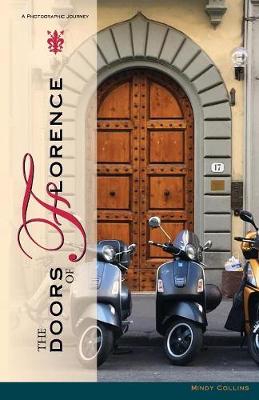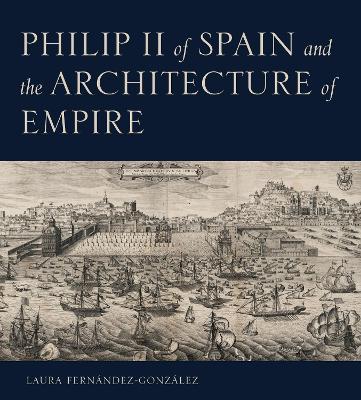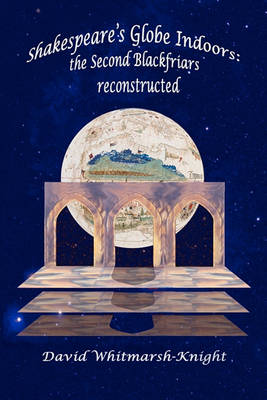An acclaimed historian of Europe explores one of the world's most iconic buildings and the monarch who created it Few buildings have played so central a role in Spain's history as the monastery-palace of San Lorenzo del Escorial. Colossal in size and imposing-even forbidding-in appearance, the Escorial has invited and defied description for four centuries. Part palace, part monastery, part mausoleum, it has also served as a shrine, a school, a repository for thousands of relics, and one of the...
The 177 essays in these two richly illustrated volumes represent the cutting edge of Italian Renaissance scholarship in nearly every one of its fields and were gathered to honor Joseph Connors, Director of Villa I Tatti from 2002 to 2010. Demonstrating I Tatti’s pivotal role as the world’s leading center for Italian Renaissance studies, the essays cover all the branches of art history, as well as many aspects of political, economic, and social history, literature, and music, from the early Renai...
An alternative portrait of the revolutionary political philosopher challenges popular beliefs about the cruelty of his character to reveal the complexities and sympathetic nature of his personality.
Art and Reform in the Late Renaissance (Visual Culture in Early Modernity)
Drawing on recent research by established and emerging scholars of sixteenth- and seventeenth-century art, this volume reconsiders the art and architecture produced after 1563 across the conventional geographic borders. Rather than considering this period a degraded afterword to Renaissance classicism or an inchoate proto-Baroque, the book seeks to understand the art on its own terms. By considering artists such as Federico Barocci and Stefano Maderno in Italy, Hendrick Goltzius in the Netherlan...
Michel-Ange. l'Oeuvre Peint, Sculpte Et Architectural Complet (Bibliotheca Universalis)
by Frank Zoellner and Christof Thoenes
The Building of Elizabethan and Jacobean England (Studies in British Art)
by Maurice Howard
While the dissolution of the monasteries in the 1530s resulted in the destruction of much of England's built fabric, it was also a time in which many new initiatives emerged. In the following century, former monasteries were eventually adapted to a variety of uses: royal palaces and country houses, town halls and schools, almshouses and re-fashioned parish churches. In this beautiful and elegantly argued book, Maurice Howard reveals that changes of style in architecture emerged from the pract...
Michelangelo, Machiavelli, the Medicis. Explore the Florentine Renaissance, one of the most concentrated surges of creativity in the history of civilization in this enthralling book that brings the city to glorious life. A highly readable introduction to the Florentine Renaissance, blending the republic's political and economic tensions with tales of artistic creativity and innovation. Packed with fascinating color and detail, it's perfect for students and travelers to Florence who want to hit t...
The untold story of Michelangelo's final decades-and his transformation into one of the greatest architects of the Italian RenaissanceAs he entered his seventies, the great Italian Renaissance artist Michelangelo despaired that his productive years were past. Anguished by the death of friends and discouraged by the loss of commissions to younger artists, this supreme painter and sculptor began carving his own tomb. It was at this unlikely moment that fate intervened to task Michelangelo with the...
When Italian Renaissance professor Allison Levy takes up residency in the palazzo of her dreams – the Palazzo Rucellai in Florence – she finds herself consumed by the space and swept into the vortex of its history. She spends every waking moment in dusty Florentine libraries and exploring the palazzo’s myriad rooms seeking to uncover its secrets. As she unearths the stories of those who have lived behind its celebrated façade, she discovers that it has been witness to weddings, suicides, orgies...
Architekturzeichnungen der deutschen Renaissance
by Sebastian Fitzner
ation such as the registry, the library, and the armoury, but also in the Cabinet of Curiosities, or in the architect?s personal archive. Even with only a small number of known approaches theorizing architectural drawings and design practices during the 16th century, it is possible to reveal a broad influence on drawing theories, especially by perspective treatises and the so-called »Visier- und Messkunst« (measuring). Reconstructing the various places of producing, collecting, displaying, and s...
Edifices de Rome Moderne, Ou Recueil Des Palais, Maisons, Eglises, Couvents. T. 3 (Arts)
by Letarouilly-P
Taking the reader on an inward journey from facades to closets, from physical to psychic space, Architectural Involutions offers an alternative genealogy of theater by revealing how innovations in architectural writing and practice transformed an early modern sense of interiority. As the English house underwent a process of inward folding, replacing a logic of central assembly with one of dissemination, the subject who negotiated this new scenography became a flashpoint of conflict in both domes...
Palladio and Concrete (L'Ermarte, #26)
by Louis Cellauro and Gilbert Richaud
Miguel Angel. La Obra Compl.: Pintura, Escultura Y Arquitectura (Bibliotheca Universalis)
by Frank Zoellner and Christof Thoenes
Philip II of Spain was a major patron of the arts, best known for his magnificent palace and royal mausoleum at the Monastery of San Lorenzo of El Escorial. However, neither the king's monastery nor his collections fully convey the rich artistic landscape of early modern Iberia. In this book, Laura Fernandez-Gonzalez examines Philip's architectural and artistic projects, placing them within the wider context of Europe and the transoceanic Iberian dominions. Philip II of Spain and the Architectu...
